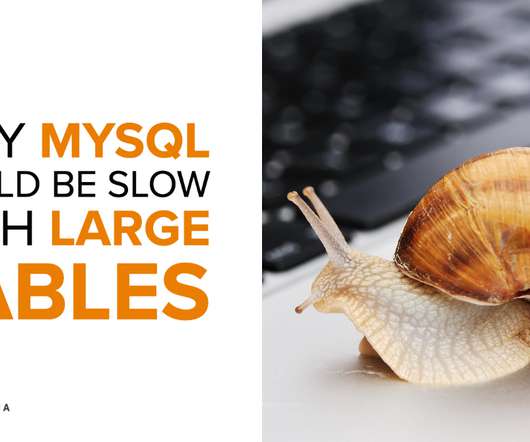How to Assess MySQL Performance
HammerDB
APRIL 19, 2023
As database performance is heavily influenced by the performance of storage, network, memory, and processors, we must understand the upper limit of these key components. There are several ways to find out this information with the easiest way being by referring to the documentation. For storage, FIO is generally used.





















Let's personalize your content